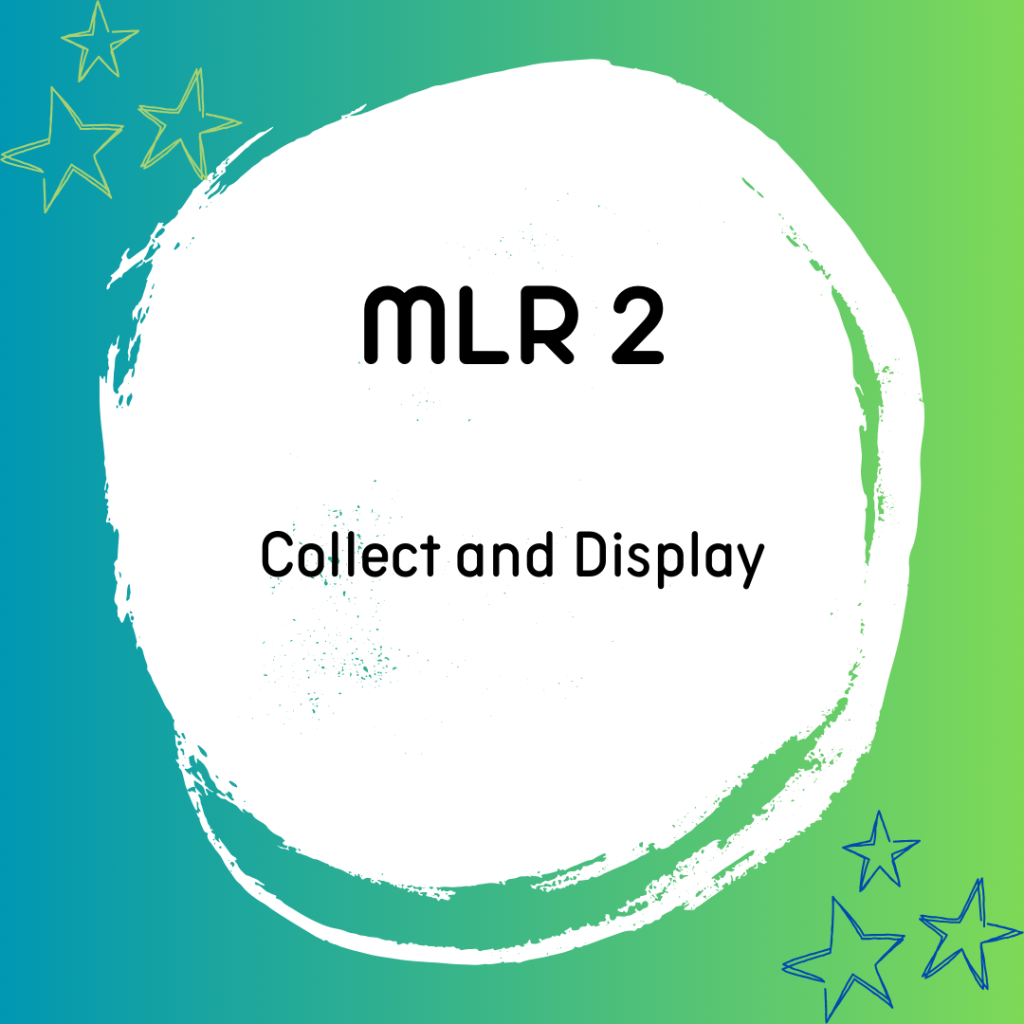First of all, I want to acknowledge the tremendous impact of Robert Kaplinsky’s insights, which have resonated with many for years. His thought-provoking posts “Is Problem Solving Complex or Complicated?” and “Why Do We Have Word Problems?” are invaluable resources. Today, I want to not only express my appreciation for Kaplinsky’s work but also highlight an alternative strategy to the C.U.B.E.S. approach. We can broaden our problem-solving toolset by exploring new perspectives, and I believe this strategy will further enhance our problem-solving skills. Don’t miss out on the original posts: Is Problem Solving Complex or Complicated? and Why Do We Have Word Problems?.
This image shows what the acronym C.U.B.E.S. represents. Many teachers use this to teach an easy way for students can begin to tackle word problems. I, in fact, had an anchor chart displaying this very technique many years ago. As the saying goes, “Know better, do better.” I now know better and therefore do better. I know you might be asking yourself, “Okay, but I still don’t get why this isn’t ideal?”
Let’s consider the problem to the right. With our adult brains, we understand that it is a two-step problem. We understand we need to add the adults and children together and then subtract the number of males who were in attendance. Now imagine your 8-year-old self reading this and not yet having reading mastered let alone the comprehension skills to decode what is being asked. (Okay, maybe that was just me and my learning disability) You can see that I also went through the CUBES strategy. I circled the numbers, underlined the question, boxed keywords, and got rid of extra information. Arguably, the statement that everyone showed up might also be considered extra information to a young learner. An 8-year-old will start the CUBES process. They will look at the boxed words to find out what operation they need to use. And this is where we run into our first problem. It only says, “How many.” It doesn’t say, “how many more,” or “how many less.” Being around kids, we know that their default is to add. So what are they going to do? You guessed it, add 12, 25, and 15. Even if the question that is underlined is: How many females were there? chances are students are still going to add it all up because they are specifically looking for keywords like ‘in all’, ‘altogether’, ‘less’, ‘more’, etc.
Years ago, I used to teach my elementary students these strategies, as it was what I knew at the time. However, as I learned better strategies to help students, one of my favorite methods became the 3-Read Protocol. You can find more information about it in the blog post Mastering Mathematical Language Routine 6: Three Reads. This approach helps students concentrate on understanding the story, identifying units and quantities, and focusing on the question or task. By following the 3-Read Protocol, students can comprehend the context, which enables them to think critically instead of simply focusing on a procedure that may or may not work.
Finally, to help students effectively apply the information from the story, I highly recommend integrating MathReps into your classroom. MathReps are strategically practiced sets of skills that allow students to practice basic math concepts in similar skill clusters and receive immediate feedback. This approach promotes automaticity and fluency, freeing students to focus on what is needed rather than both what to do and how to do it. You can delve deeper into MathReps by reading a series of blog posts. I suggest starting with The Power of MathReps.






